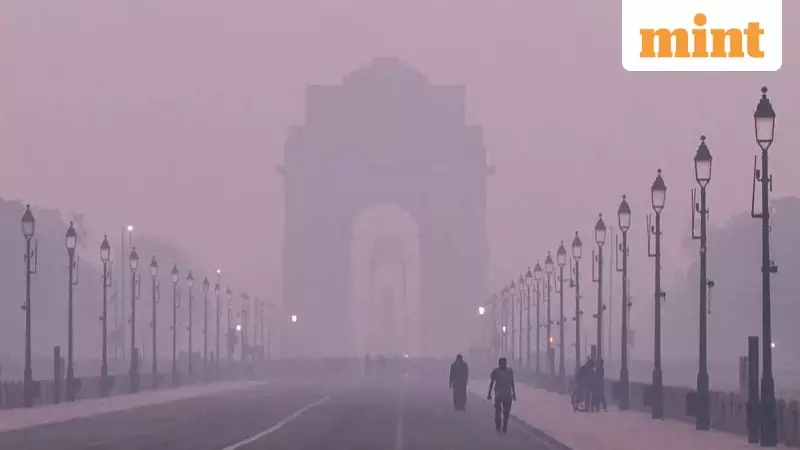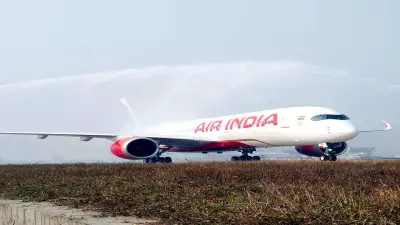
Delhi's Air Pollution Crisis Deepens with No Relief in Sight
The national capital continues to gasp for breath as Delhi's air quality remains firmly in the 'very poor' category, with the overall Air Quality Index (AQI) recorded at 360 on Monday morning at 6:00 AM. According to the Central Pollution Control Board (CPCB), the situation shows no signs of improvement in the immediate future.
Weather Conditions Worsen Pollution Woes
The India Meteorological Department (IMD) has delivered grim news for Delhi residents, predicting no possibility of rainfall for the next six days. This unfavorable weather pattern, combined with low temperatures, is trapping pollutants close to the surface, creating a thick layer of smog that blankets the entire city. The iconic India Gate has virtually disappeared behind this dense haze, as visible in ANI video grabs.
Adding to the environmental concerns, Delhi experienced its coldest November day in three years on November 16, when temperatures plunged to 9 degrees Celsius. This reading stands almost 4.5 degrees below normal seasonal levels. The last time Delhi witnessed such low temperatures in November was on November 29, 2022, when the mercury dropped to 7.3 degrees Celsius.
Severe Air Quality Across Monitoring Stations
Data from the CPCB's Sameer app reveals alarming statistics about Delhi's air pollution crisis. Six air quality monitoring stations have recorded AQI readings in the 'severe' category, with Bawana reporting the worst air quality among all locations. Meanwhile, NSIT Dwarka, Lodhi Road, and Dilshad Garden monitoring stations showed relatively better conditions, though still falling within the 'poor' range.
The majority of monitoring stations across Delhi recorded AQI values between 301 and 400, firmly placing them in the 'very poor' category according to CPCB standards. This persistent pollution emergency has forced authorities to take drastic measures, including shifting Delhi-NCR primary schools to hybrid learning modes since pollution levels entered the 'severe' category last week.
Government Response and Temperature Outlook
In response to the escalating crisis, the Commission for Air Quality Management (CAQM) invoked Stage 3 of the Graded Response Action Plan (GRAP) on November 11. These emergency measures impose stricter restrictions on construction activities, vehicular movement, and industrial operations across the capital region.
The Supreme Court has also intervened in the matter, directing the Punjab and Haryana governments to submit status reports detailing measures taken to control stubble burning, a significant contributor to Delhi's winter pollution.
Weather forecasts indicate that Delhi's minimum temperature is expected to range between 8 and 10 degrees Celsius, while maximum temperatures will likely settle between 24 and 26 degrees Celsius. With no rainfall expected to wash away the pollutants, Delhi residents must brace for continued poor air quality throughout the coming week.





